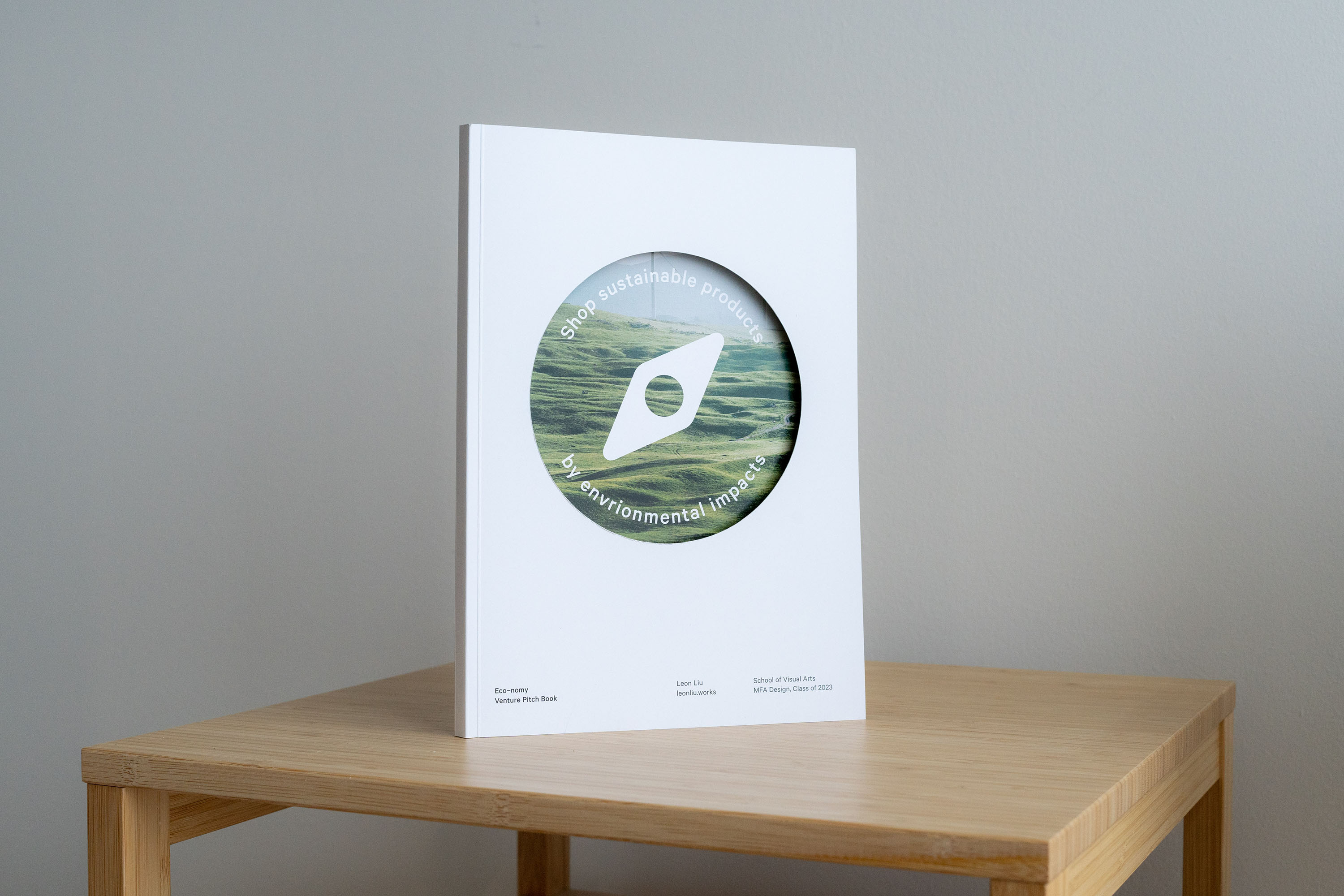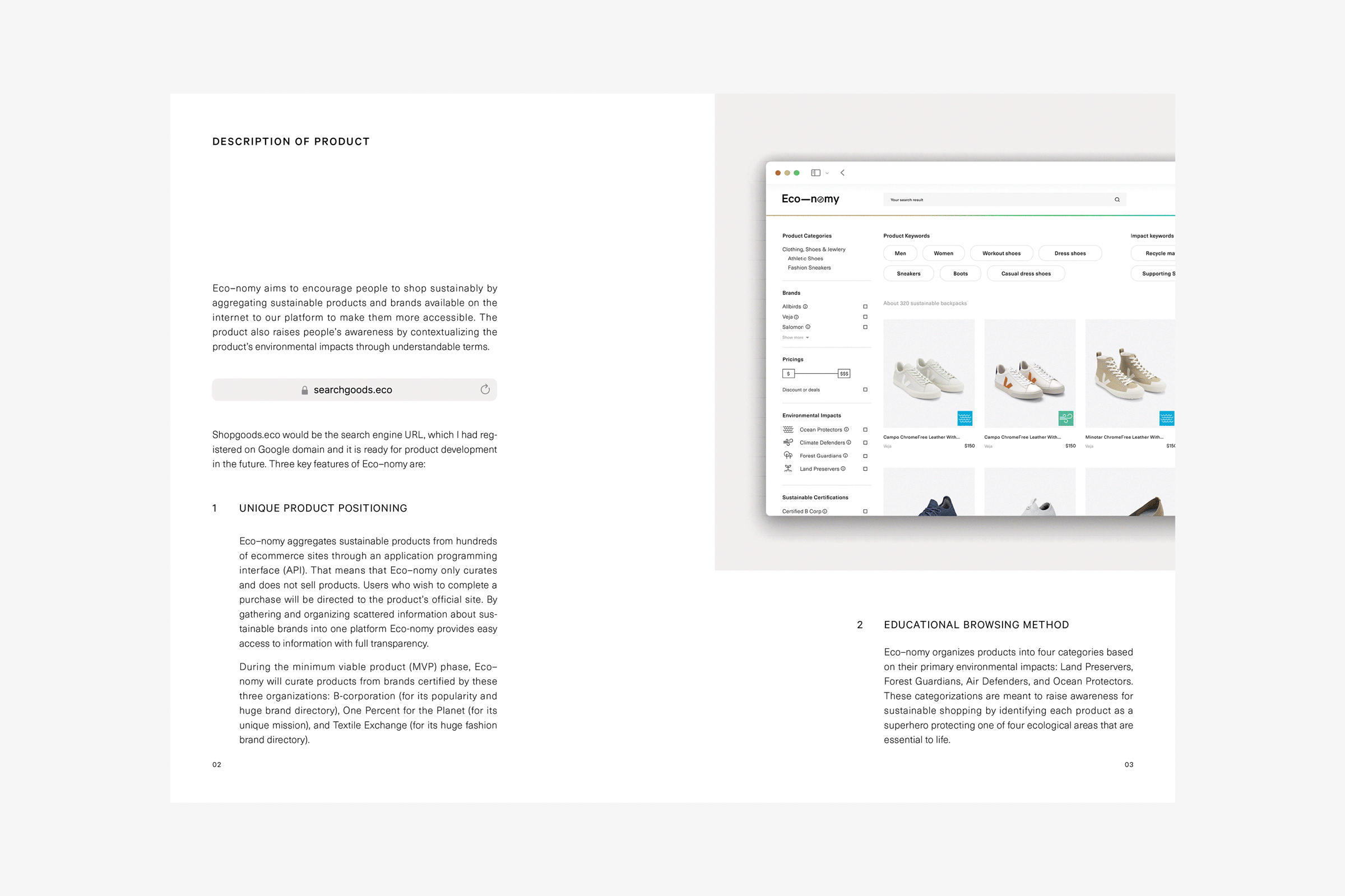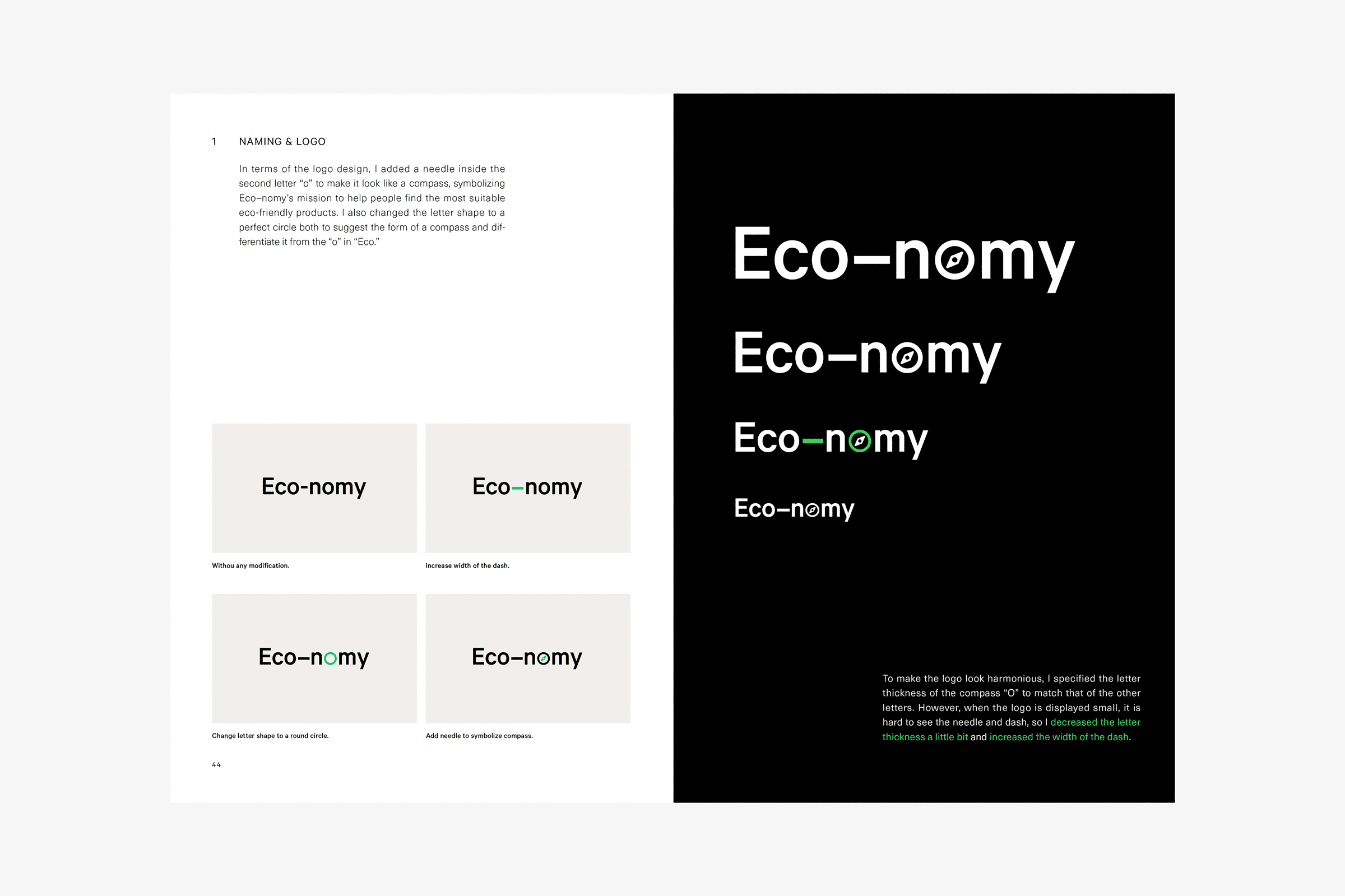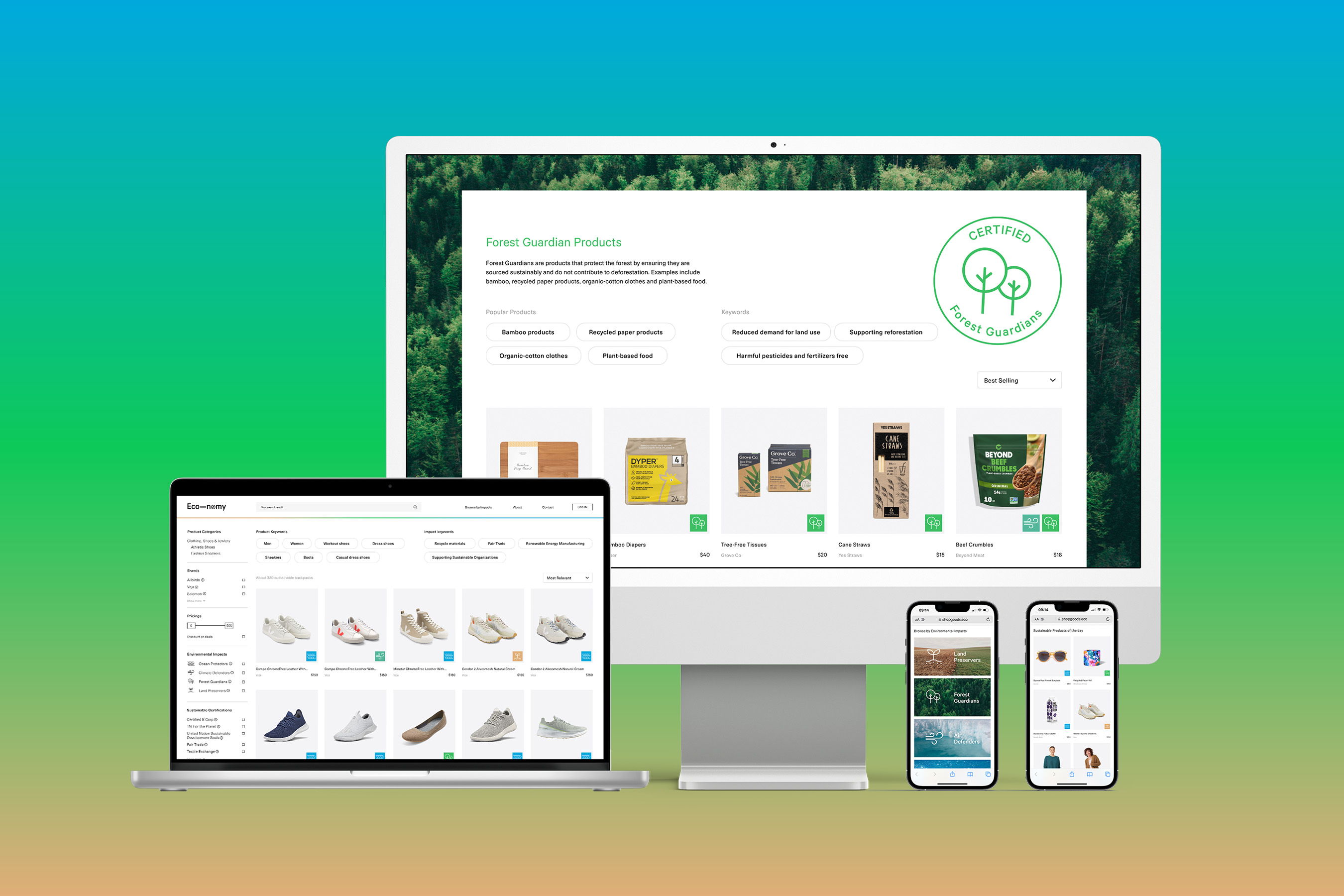
Eco–nomy
is a search engine that encourages people to shop green by connecting them to sustainable products and
contextualizing product impact. Products are organized into four categories: Ocean Protectors, Air
Defenders, Forest Guardians, and Land Preservers. By branding each product as a superhero protecting
specific ecological areas, this browsing method could raise people’s awareness on sustainable shopping
and also work as a promising product campaign.
Eco–nomy
是一个绿色购物搜索引擎,通过汇总互联网上各式各样的环保产品同时分类和可视化其环境影响,鼓励人们绿色消费。Eco–nomy 会把商品分成四个类别:海洋保护者、空气卫士、森林守护者和土地保护者。通过把产品包装成一个保护特定生态区域的超级英雄,提高人们对绿色消费的认识。此分类方法也可以拓展成一个有潜力的营销活动。
TYPE:
School of Visual Arts MFA Design
Graduate Thesis Project
纽约视觉艺术学院
硕士设计系毕业设计
AREA:
UI UX
Brand Identity
Motion Design
用户界面和体验、品牌形象、动效设计
AWARDS:
Applied Arts Award, Product Development, Winner
TIME:
2022 – 2023
SPECIAL THANKS:
Amy Wang, Thesis Advisor
Steven Heller, Department Co-chair
Lita Talarico, Department Co-chair
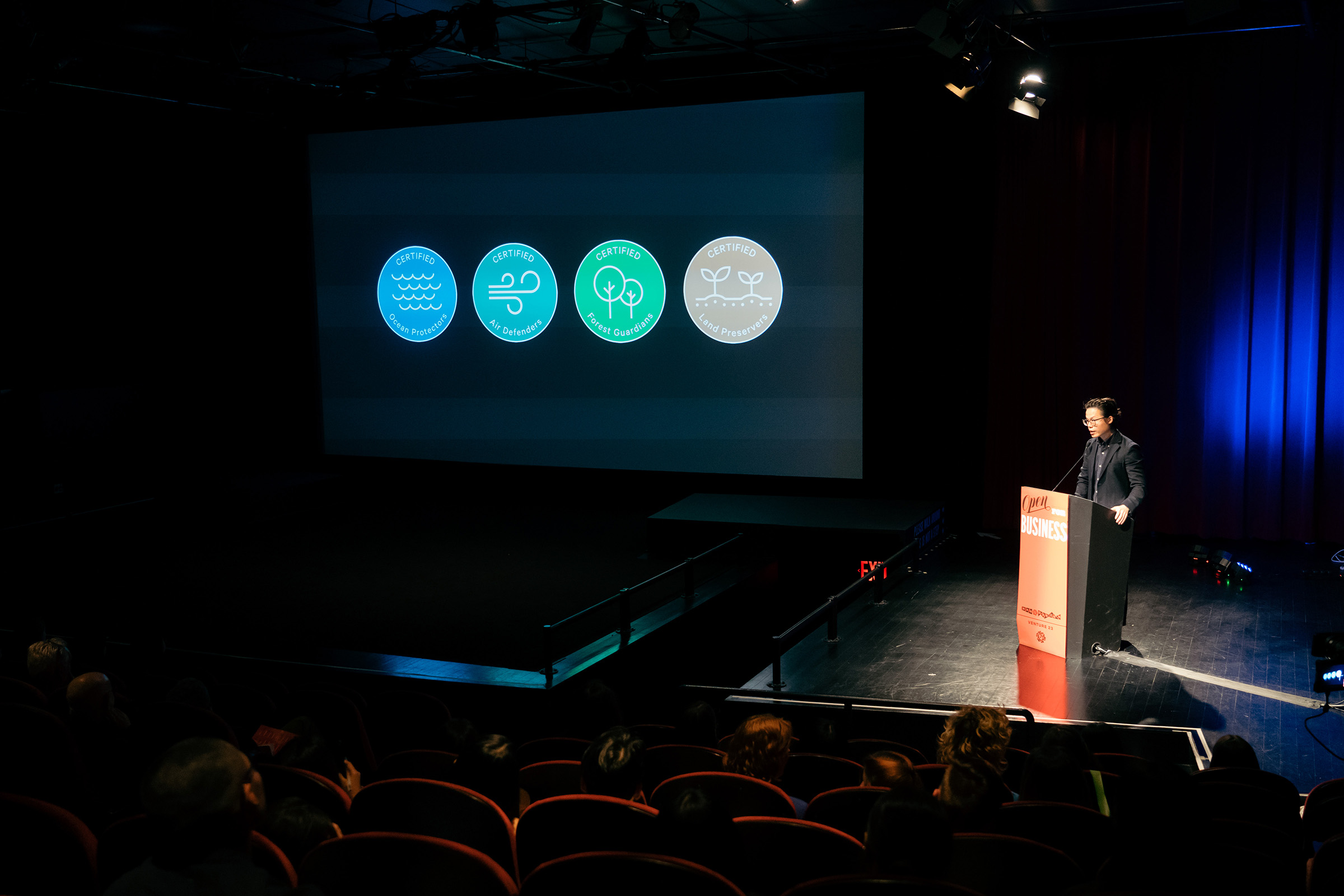
Problem Statement
How might we encourage people to shop green? Although many people support eco-friendly shopping,
only some take action. After a year of research and product development, I summarized three
recurring pain points and came up with three product features that address them.
如何鼓励人们绿色购物?尽管许多人支持环保事业,但只有一部分人付出行动。经过一年的调研和设计,我总结了三个常见用户痛点,并提出了三个产品功能来解决它们。
Pain Point 1
Lack of awareness: The benefits and impacts of sustainable shopping are vague and unclear. To
provide context, Eco-nomy categorizes featured products based on their primary environmental impact
on the ocean (such as using recycled plastic materials), air (lowering carbon footprint), forest
(using renewable materials such as bamboo), or land (using biodegradable materials).
环保意识不足:绿色产品在宣传其环境影响上模糊不清。为了让大众更好地理解绿色购物的益处,Eco–nomy根据产品对海洋(比如,产品使用回收塑料材料)、空气(降低碳足迹)、森林(使用可再生材料如竹子)或土地(使用可生物降解材料)的影响进行分类。
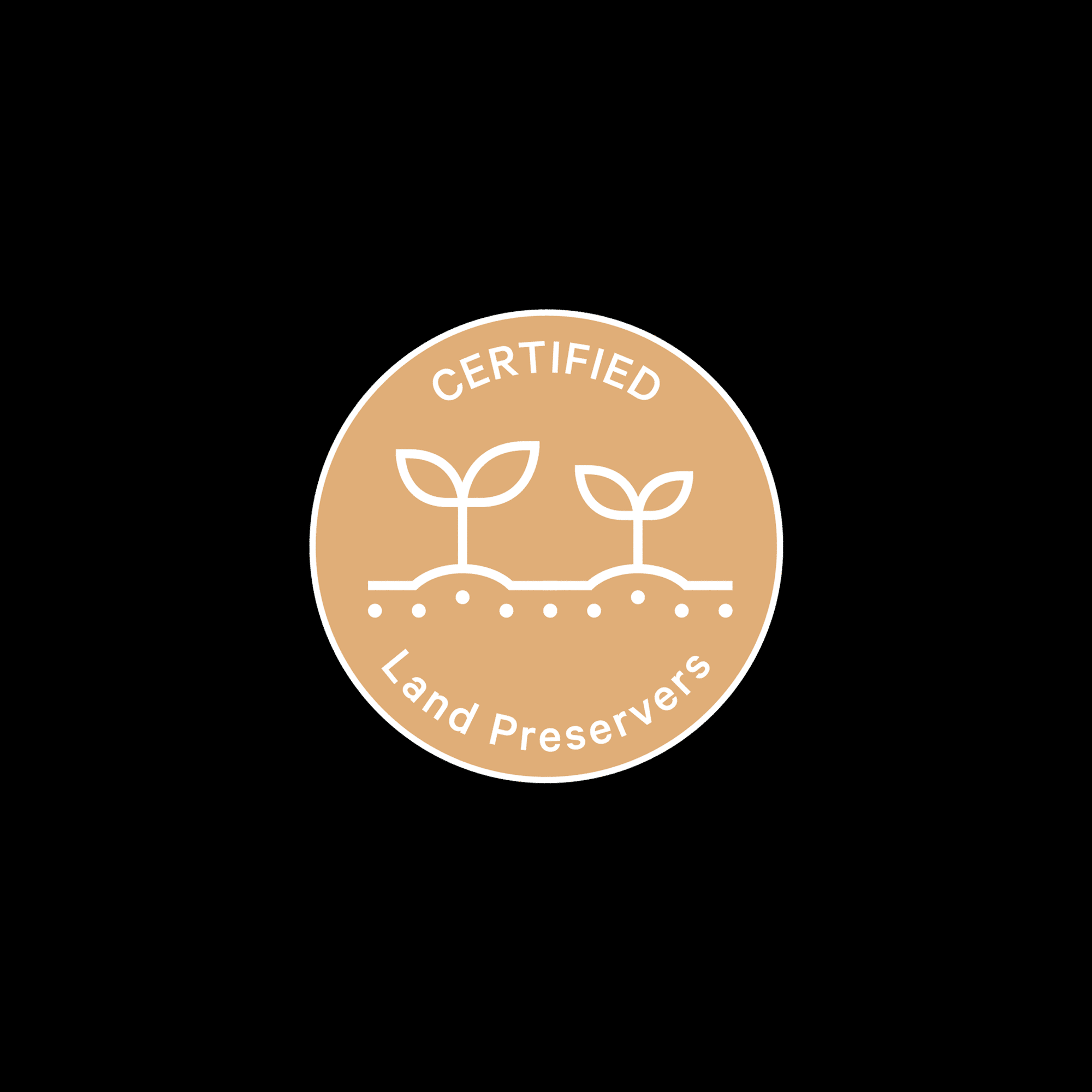
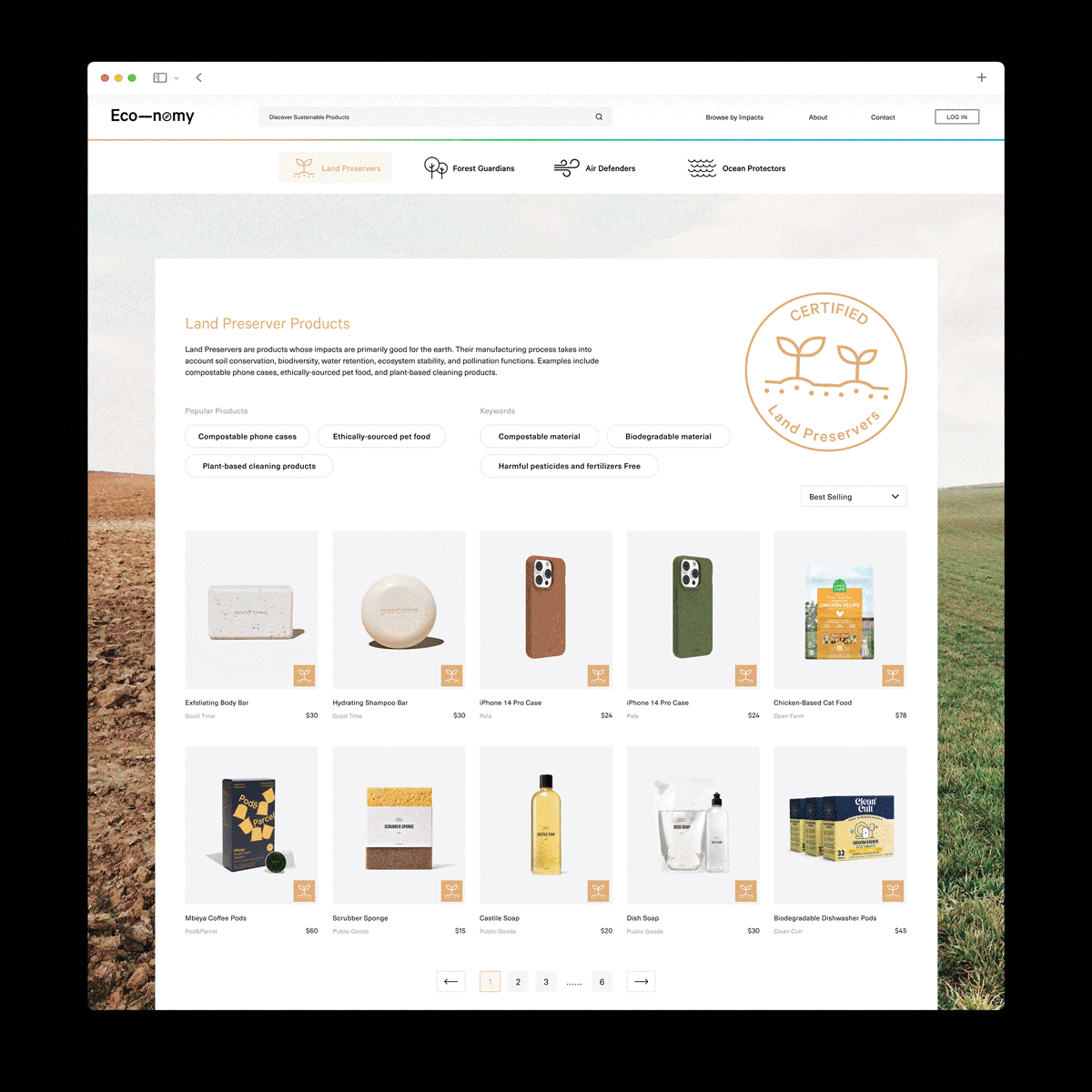
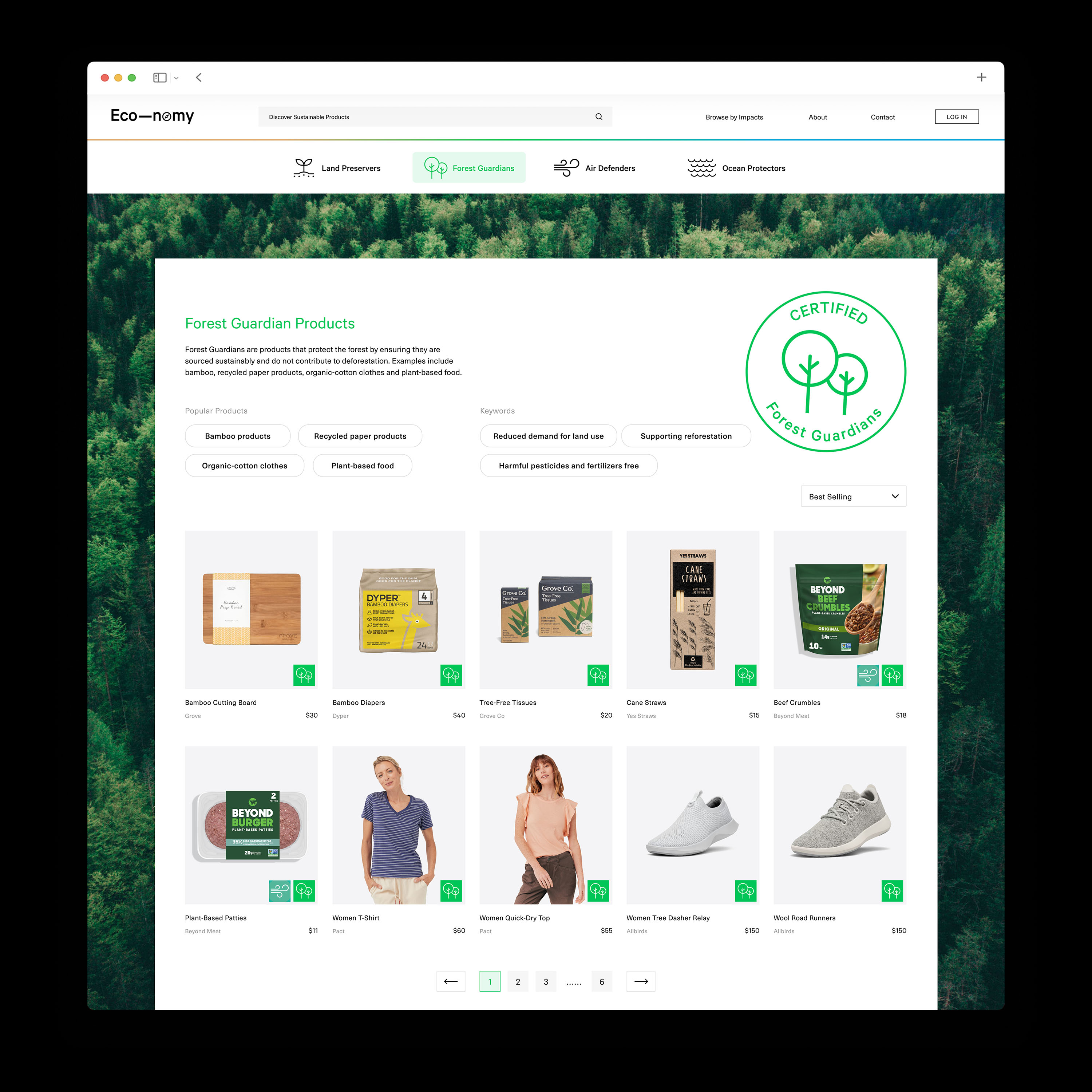
Shop by Environmental Impact Campaign
By branding each product as a superhero protecting specific ecological areas, shop by the four environmental impacts (land, forest, air, and ocean) could raise people’s awareness on sustainable shopping and also work as a promising product campaign.
把产品包装成一个保护特定生态区域(土地、森林、空气和海洋)的超级英雄,可以提高人们对绿色消费的认识。此分类方法也可以拓展成一个有潜力的营销活动。
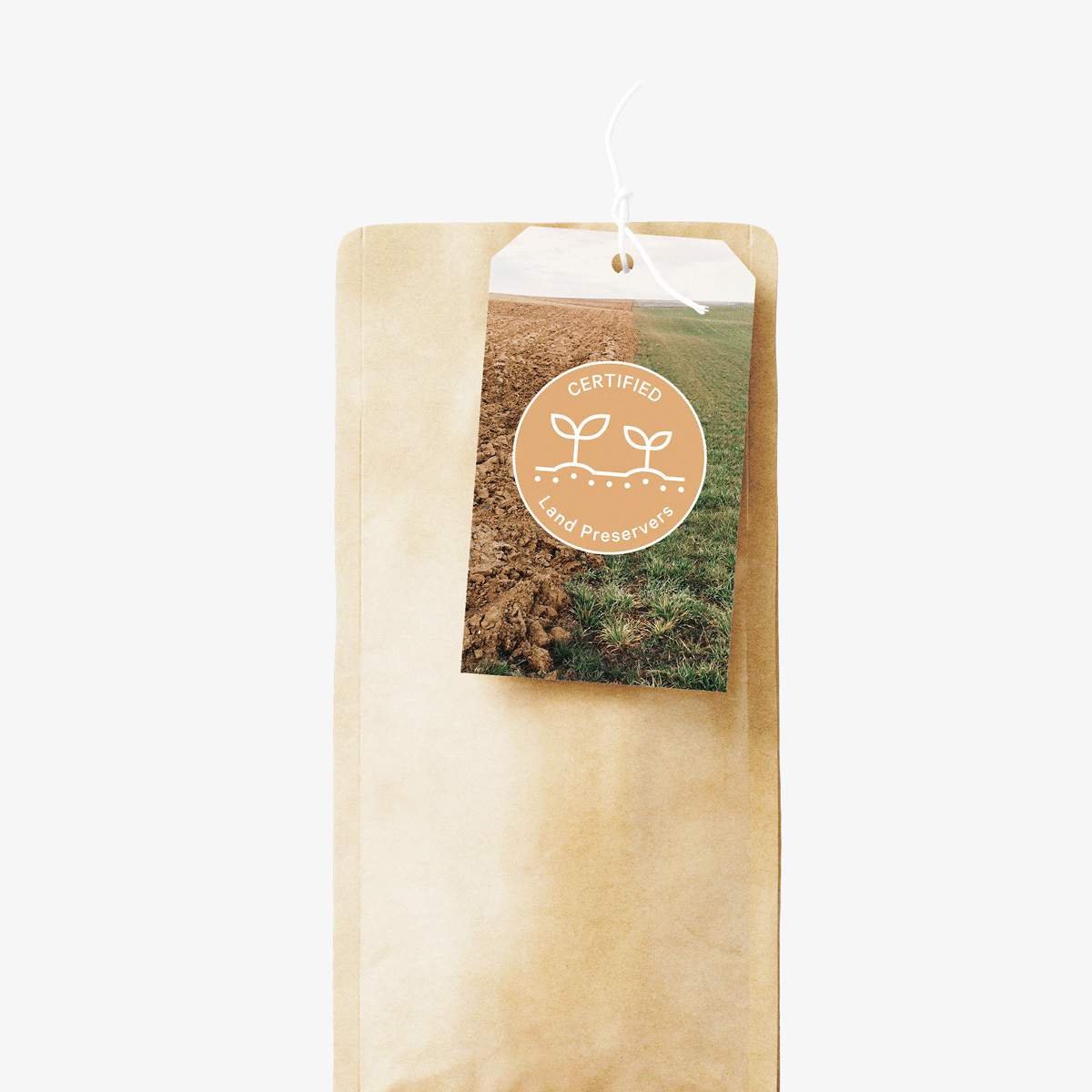

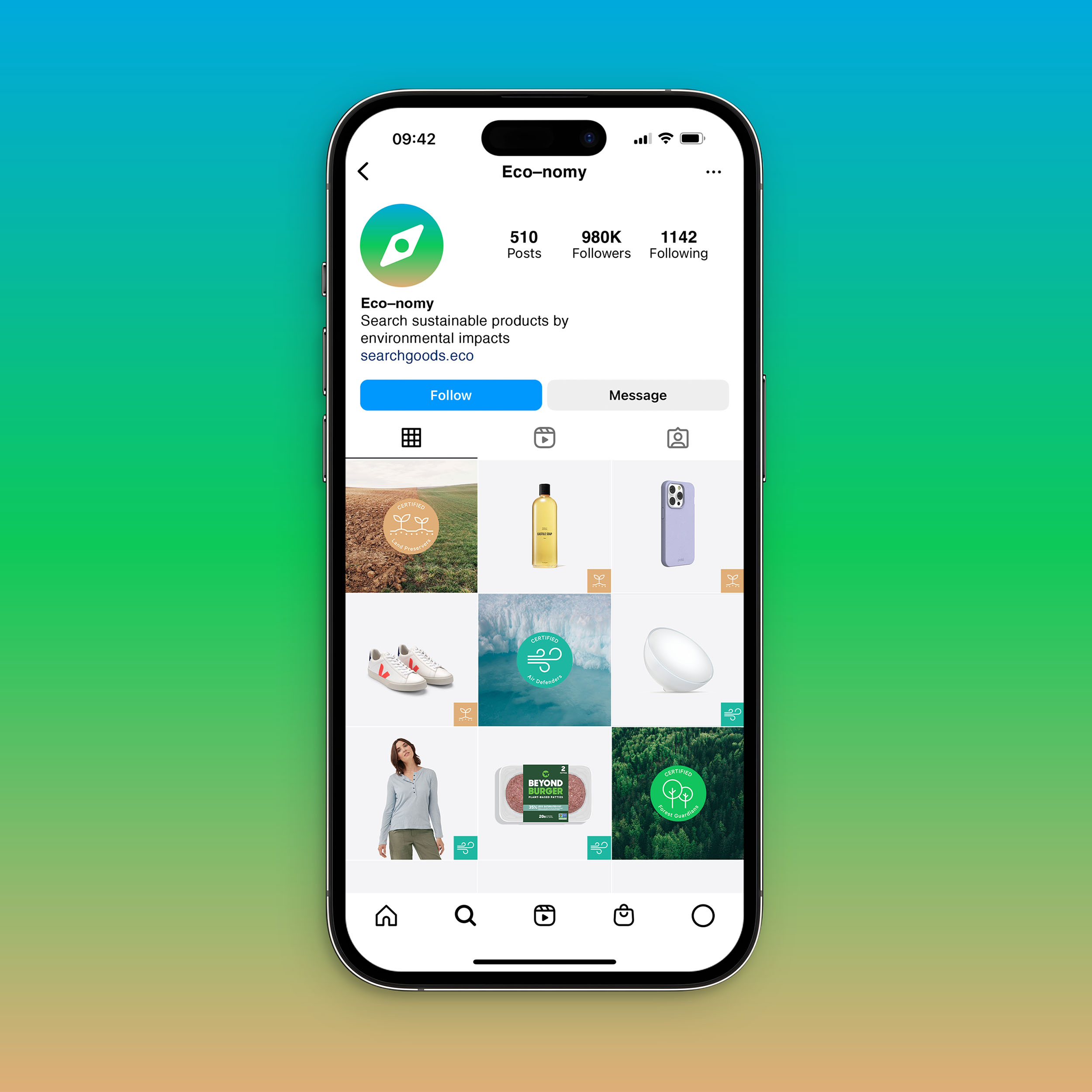
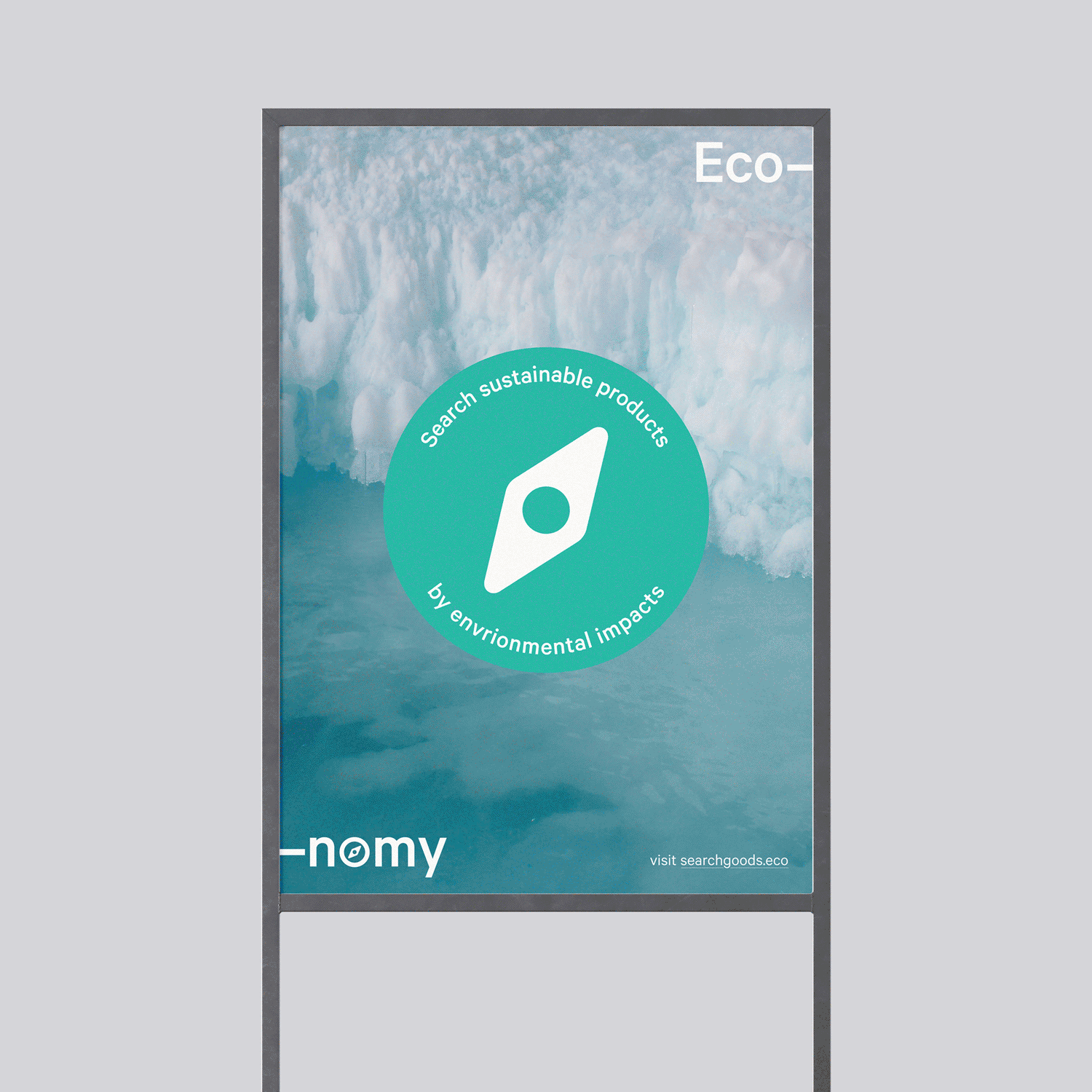
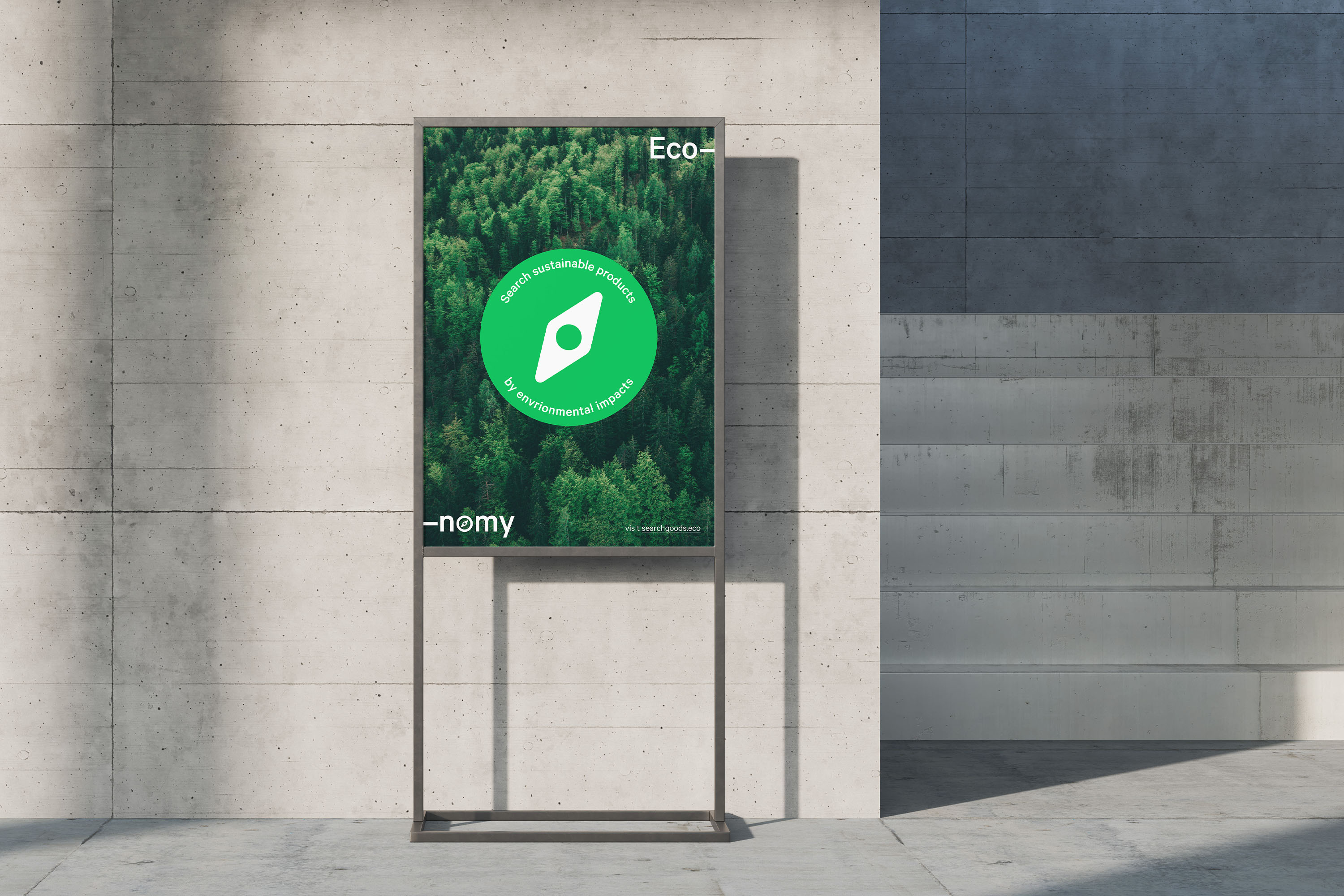
Pain Point 2
Misconceptions: Sustainable products are often perceived as less stylish and pricier. Eco–nomy does
not sell products, but rather aggregates sustainable products from hundreds of e-commerce
sites through API so that users can have easier access to a variety of products, some of which must
fit their budgets and tastes.
对环保产品充满误解:环保产品常常被认为不够时尚并且价格昂贵。为解决此痛点,Eco–nomy不销售产品,而是通过API从数百个电商网站汇集产品,从而使用户更轻松地从各式各样的环保产品中找到符合他们预算和品味的购买。

Pain Point 3
Inconvenience: Researching and locating sustainable products requires time and effort. Eco–nomy
breaks down a product’s production process into four steps: sourcing, manufacturing, packaging, and
shipping. It saves consumers a step to do research but also helps them appreciate sustainable
products by specifying its level of sustainability during each phase.
寻找和辨别环保产品费时费力:为了节省消费者的时间同时培养消费者鉴别环保产品的能力,Eco–nomy将从四个维度(原材料、制造、包装和运输)阐述产品的环保属性。

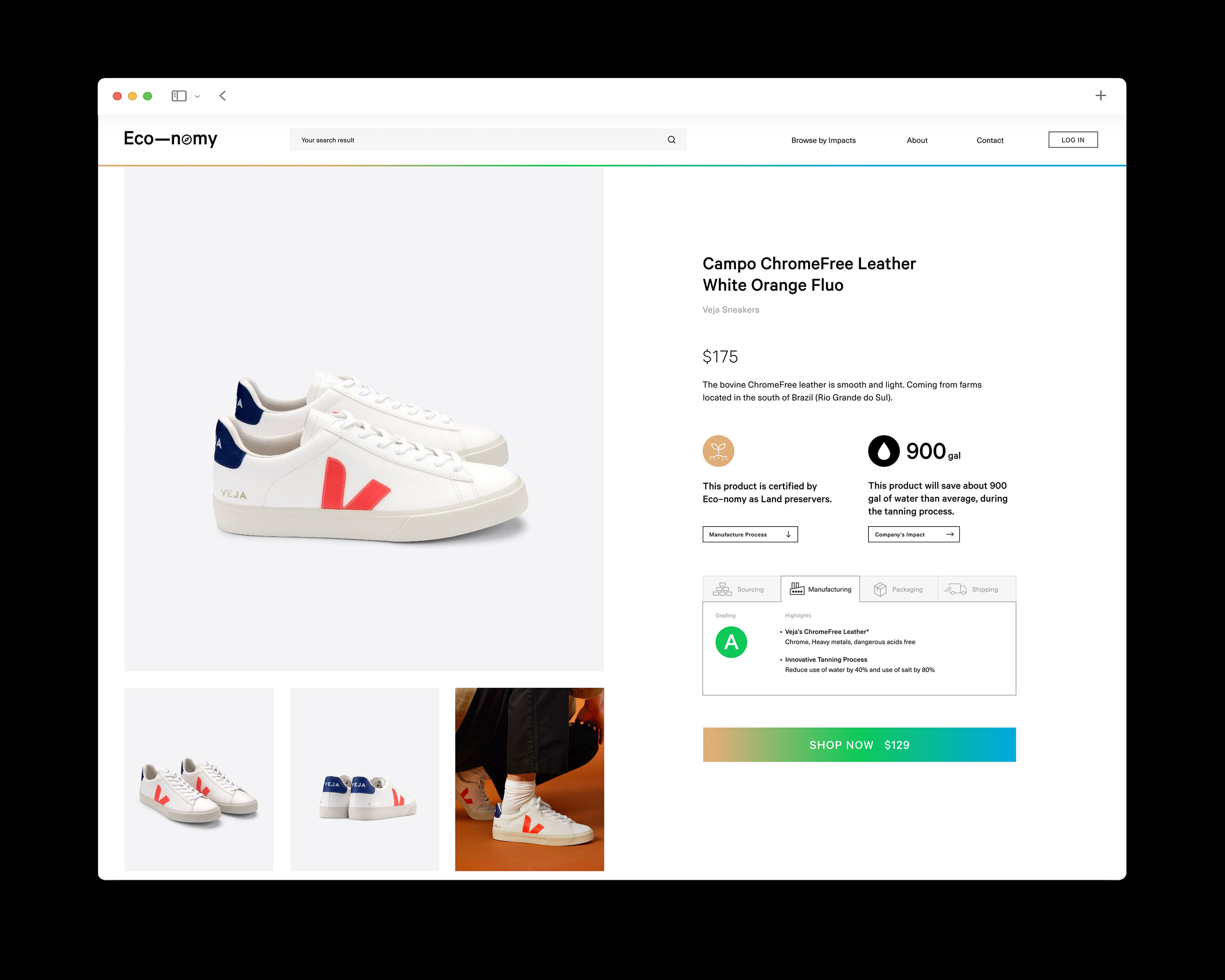
Branding
The name Eco–nomy stands for a body of eco-friendly information and the branding is inspired by the
four ecological areas essential to our lives: Land, Forest, Air, Ocean.
Eco-nomy这个名字指代“环保学”,其品牌灵感来自于我们生活中必不可少的四个生态领域:土地、森林、空气和海洋。
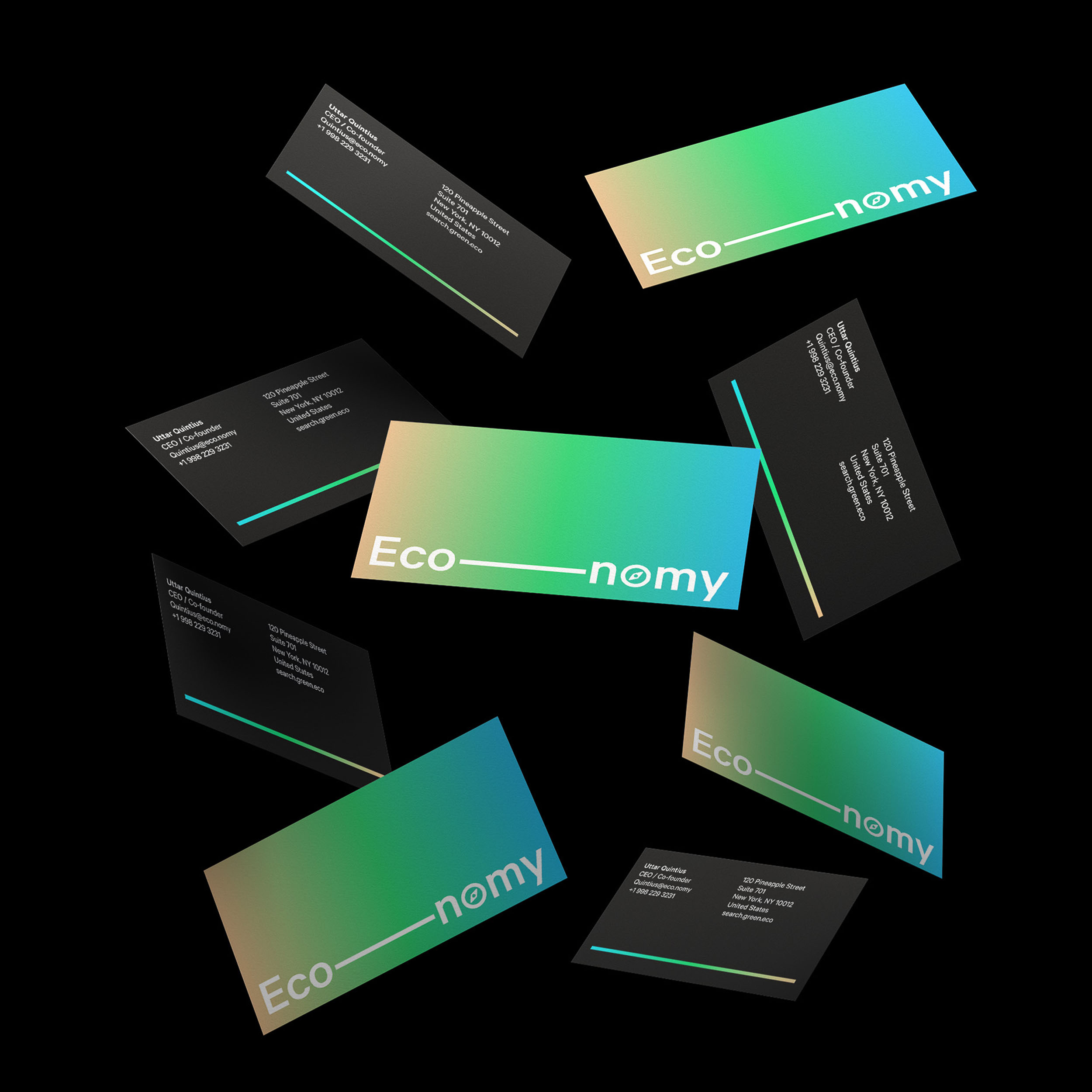
Pitch Book
